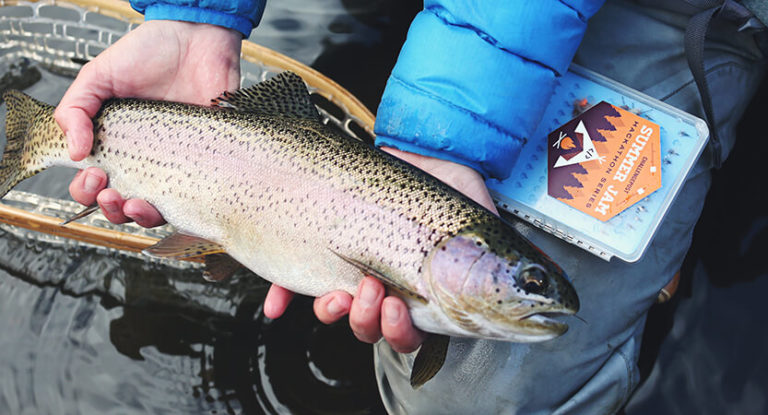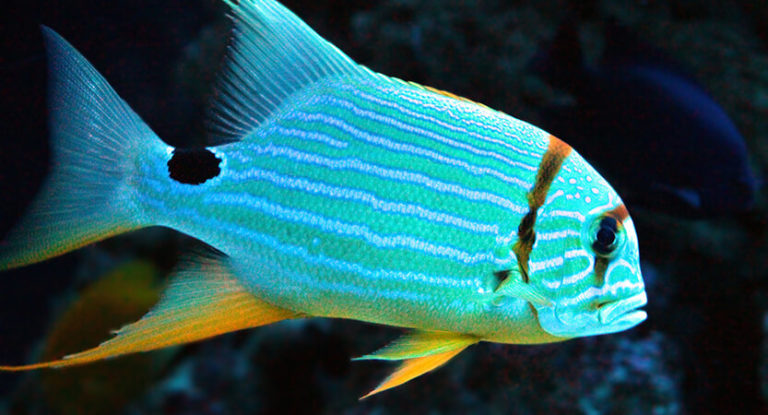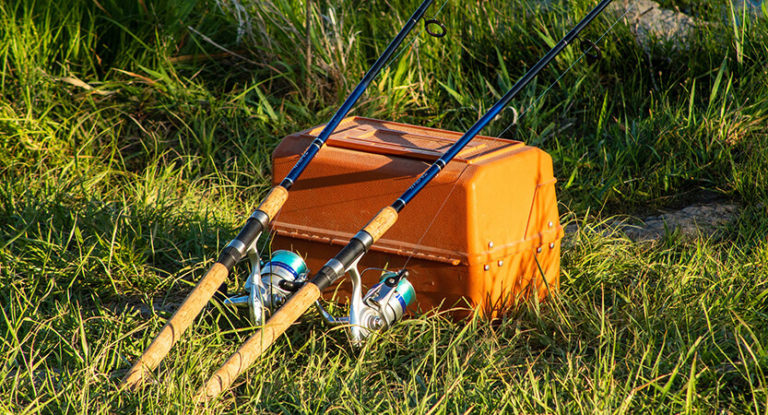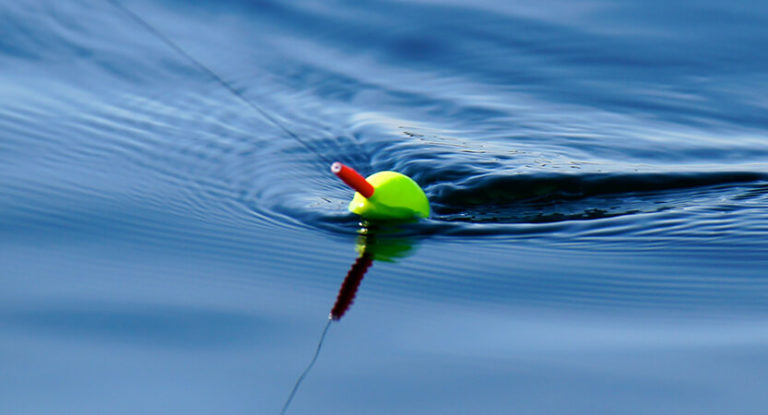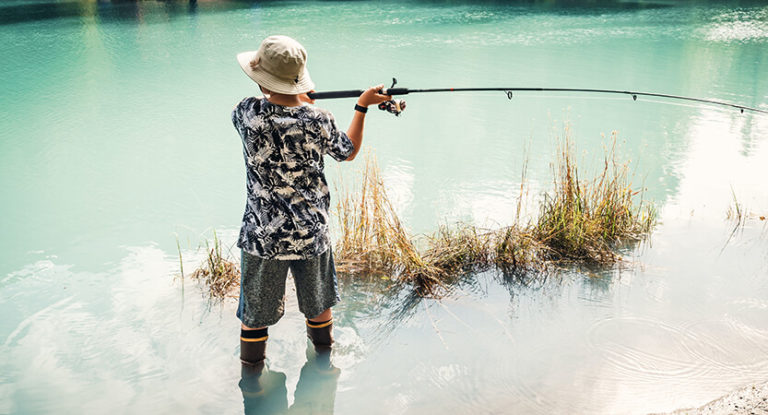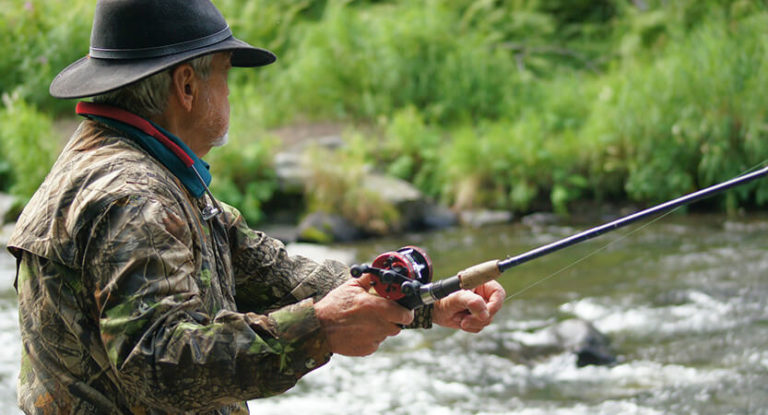Bream is a common fish: it inhabits almost all more or less large rivers and water bodies. Bream is not of great commercial value, for it is bony enough, but hunters to get a trophy specimen are not translated. Interestingly, despite the wide habitat and the large population of this representative of the ichthyofauna, fishing for bream remains an art for the elite, especially seasoned fishermen.
The extraction of this representative of the carp family requires special care in the selection of equipment, knowledge of fish preferences and characteristics of its behavior, long-term and intelligent baiting – in a word, a delicate approach that is gained only by many years of experience. Well, let’s try to outwit the bream together: behind us – the theoretical foundations, behind you – constant practice on the pond!
Here is an overview of the content of this tutorial, feel free to jump to any section you care about:
For more fishing instructions, take a look at these popular Trizily links: Best Fishing Kayaks, Best Spinning Reels.
Seasonal fishing features
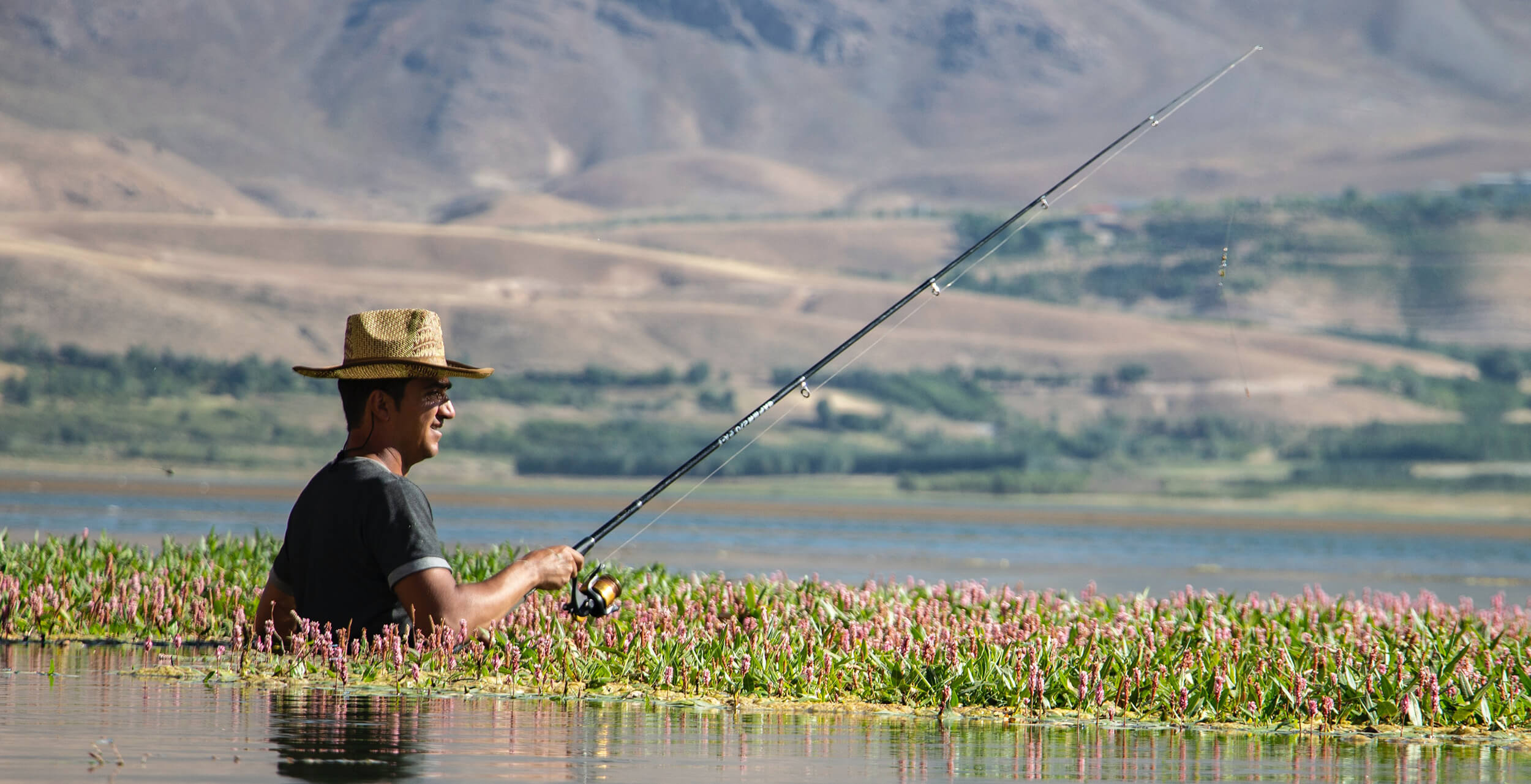
Bream, like any representative of the ichthyofauna, is very sensitive to external conditions. His life is subject to a strict schedule, which is dictated by both the season and the conditions of the reservoir. So, let’s take a look at the seasonal activity graph of bream:
- Spring . This blooming season is considered the best time to catch bream. It is already becoming more active on the last ice – fishing in March can be quite catchy. This is followed by a slight decrease in the intensity of biting, which is replaced by active pre-spawning food. Fish spawns from April to June. The hotter the year, the faster the spawning session ends, when the bream is not at all interested in nutrition. After spawning, the fish rests a little, then emit another eagerness to eat, which gradually subsides in the first month of summer. She bites on everything, including artificial baits.
- Summer . With the onset of heat, bream becomes capricious, so it is quite difficult to catch it in summer. Hunting it turns into fun for the most patient and experienced anglers. The selection of the bait turns into a kind of quest: it is not clear which bream will prefer in a particular reservoir at the moment, a dung worm or a liquid mastic. You will have to tinker with the search for a promising place – the heat drives the bream into deep pits, from which it comes out only in search of food. And this is mainly night and early morning – during the day it is not very promising to catch this fish.
- Autumn . In the last weeks of summer and early autumn, the biting becomes more confident and stable. The ideal time for bream fishing is the Indian summer, days with stable pressure, light drizzle and breeze. Bream bites especially well in September, on shallows warmed by the sun. At this time, it is better not to approach it with vegetable baits: the fish is actively stocking up on protein for the winter. With the onset of frost, the bream moves to the wintering pits and freezes.
- Winter . Like most representatives of large carp species, bream is practically inactive in winter: fishing is effective only during thaw periods. Bloodworms and jigs are in favor, but it must be borne in mind that the chances of catching a really worthy specimen are minimal. At the exit from the wintering pits, the breeder mainly bites, while trophy specimens fall into suspended animation, stand motionless and do not feed. The real appetite begins on the last ice, when the fish seeks to feed themselves after a forced hunger strike.
When is the best time to go fishing?
In the spring, bream can be caught around the clock, without worrying too much about choosing a bait. During the day, fishing is the most promising: bream goes out to the shallows heated by the sun, so you can get it at a shallow depth even with a float rod . This is important, since during spawning restrictions this is often the only permitted fishing method.
In summer, daytime fishing is not very promising. True, if there is no extreme heat, a good trophy can be obtained at the exit from a deep hole, from a boat or a well-abandoned bottom tackle. It is better to shift the fishing period to the night or early morning: at this time, feeding trophy specimens come closer to the shore.
In September, catching bream is equally likely throughout the day: it actively feeds on shallows and near the coast. Then the bite becomes unpredictable: periods of activity are replaced by a complete calm.
The ideal weather for open water bream fishing is stable pressure for several days, short warm rain, light wind that makes ripples or low waves. Sometimes bream shows incredible voracity in anticipation of a thunderstorm, but such periods are usually short.
Where to look for bream
In small reservoirs with stagnant water and a silted bottom, you can not look for bream: rotan or the ubiquitous crucian carp will fall on the bait. You should not try to catch him in a swift small stream with a strong current. And in general, bream tries to avoid areas where there is even a flow of medium strength: its body shape is very unsuitable for dealing with a water flow.
Bream is a schooling fish that loves to be settled, calm and quiet in the company of their own kind. Numerous schools of bream can be found in large clean lakes, reservoirs with running water, on large deep rivers in places where the current slows down. Bream likes to stand in pools formed at the confluence of tributaries, deep channel holes, reaches between rifts and near river bends – in a word, where the current slows down significantly. On the lake, he stands in pits at depths of over 3 meters.
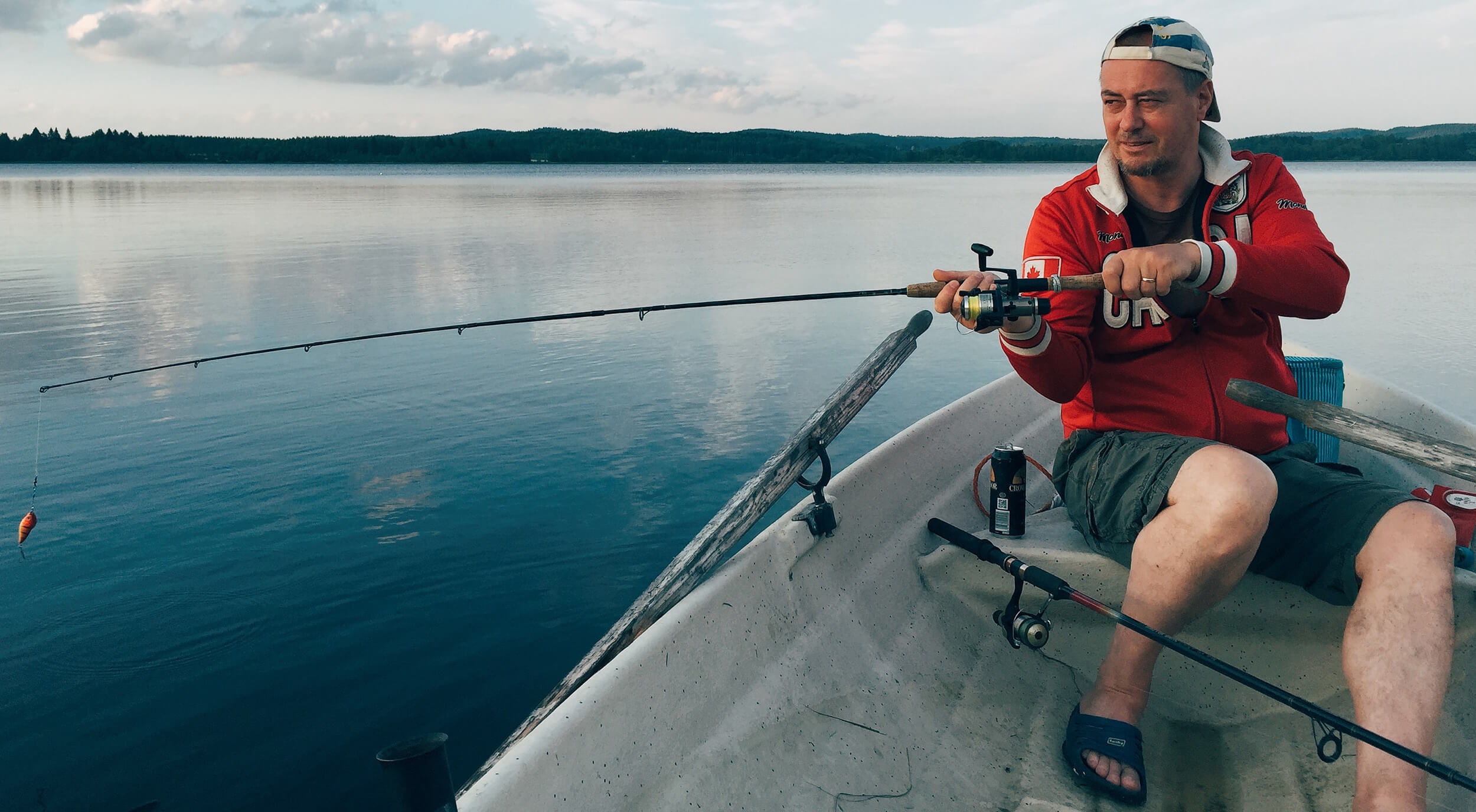
Unfortunately, it is getting less and less effective to catch bream from the shore. The shy fish moves far away, taking a liking to the deepest areas. You can only catch it on the food trail to the feeding place (edges, silted and clayey bottom areas, shell rock) or directly “in the canteen.” To do this, you should carefully study the topography and nature of the bottom with the help of a weight or a marker float. There are also special coastal echo sounders that show pictures of underwater life in the place where the sensor was dropped.
The ideal option is a boat, an echo sounder and a navigator. We move around the water area, conduct monitoring, pinpoint promising places. It is possible to visually detect even a fish standing in the pits, and by the size of the bubble, find out its estimated size. The place of eating is rarely located more than 200 meters from the main “apartment” of these representatives of the ichthyofauna – the bream is very lazy, moving only when necessary (searching for food or breeding) and over short distances.
There is one sign that allows you to determine the bream dining room almost unmistakably. There, air bubbles rise up: it is bream that collect zebra mussel, larvae and other benthic fines from the bottom.
Bream bait
Bream is a predominantly carnivorous fish. He prefers food of animal origin: zebra mussel, bloodworms, larvae of other mosquitoes, fallen and drowned insects – in a word, everything swarming at the bottom and containing protein can attract his favorable attention.
During the spawning period, the peaceful representative of the cyprinids turns into a real robber, eating not only caviar with appetite. However, they successfully catch bream with vegetable and even artificial baits. Let’s go through them in more detail:
- Animal baits . The undisputed and all-season leader in this category is the manure worm. Fragrant (from the point of view of bream) appetizing wriggling worms are planted on large hooks in bunches – this is an unmistakable option for any body of water and time of year. He loves maggot and bloodworm bream, does not disdain small leeches, crayfish pulp, dried meat of river molluscs, in winter – mormysh.
- Vegetable nozzles . Bream can also be successfully caught using vegetable baits, since when the water warms up significantly in summer, it approaches a convinced vegetarianism. Among vegetable baits, the leading positions should be given to canned corn, steamed peas, wheat, oats, and star-shaped pasta . Young potatoes are good in pieces, dough in boilies and just like that, a liquid mastic (sometimes it is spread on a hook with a match and even in standing water it lasts only 5-10 minutes). A universal option, if you don’t want to bother too much, is barley, cooked until half cooked. We’ll have to play with attractants, the main thing is not to overdo it.
- Artificial baits . It is usually more difficult to catch bream with artificial bait than with natural one. The choice of an artificial worm or maggot made from flavored “edible” silicone is to some extent justified when fishing in a river, where the current animates the bait. Plastic imitations of vegetable lures, coupled with the appropriate attractants, are relevant during the gluttonous period: the fish greedily devours everything offered, there is simply no time to change the bait. During periods of pre-spawning hyperactivity, fishing with a spinner is effective: the bream turns into a predator and greedily attacks the small “fish”. Tackle – spinning, spinner – shallow, wiring – unhurried uniform.
All kinds of combined lures also show themselves well. On one hook you can put on pasta and grains, maggot and corn, dung and pearl barley. Taking into account the food whims of the bream, such combinations justify themselves.
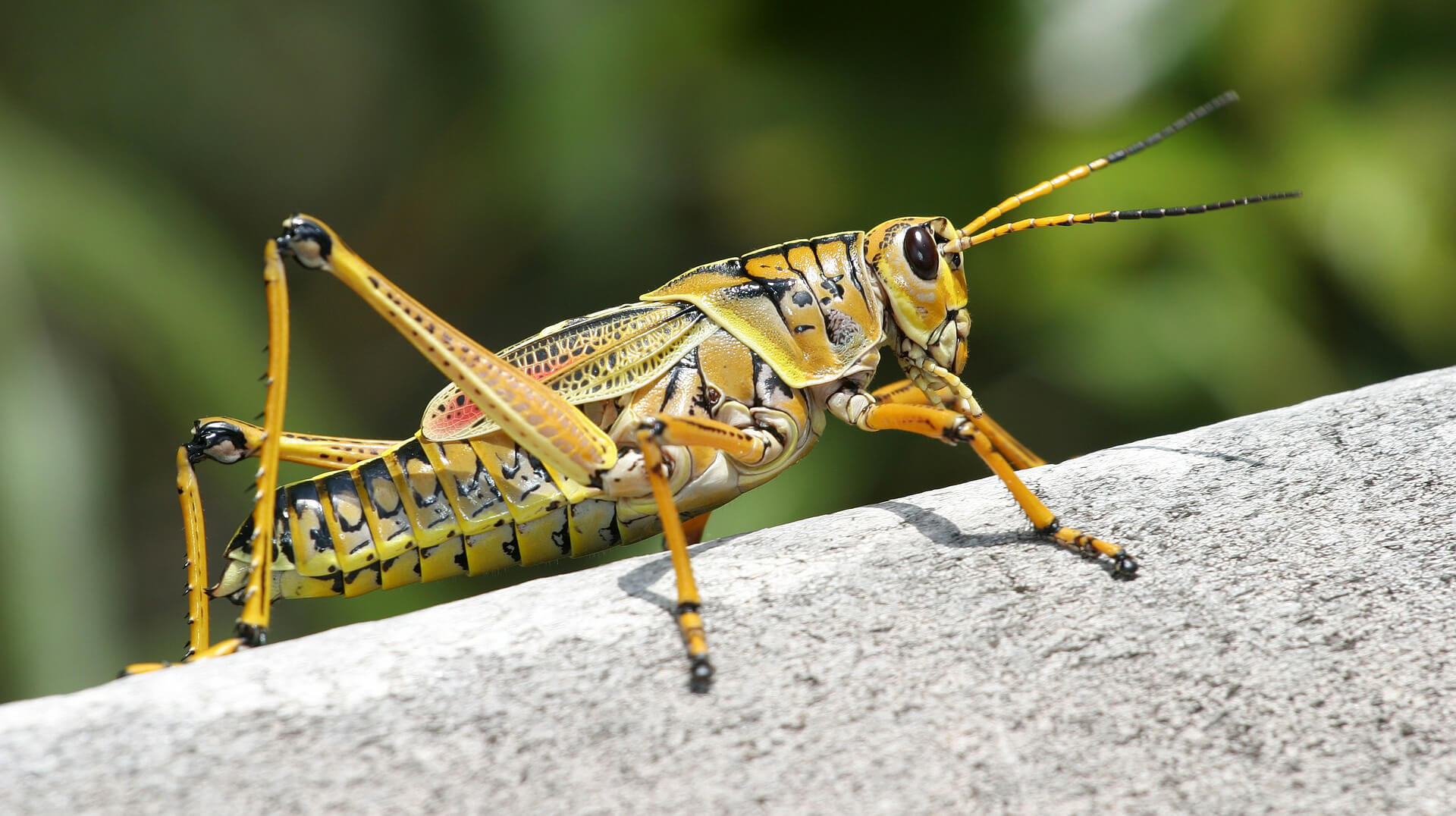
Groundbait features
There are no trifles in hunting for bream: you need to prepare for a trip in a few days. Ideally, active catching of trophy specimens should not start immediately upon arrival at the reservoir.
Fishing is not very promising without preliminary feeding, and large bream should be baited several days before the start of the session. The bait for preliminary feeding and the bait for the main fishing are usually prepared according to the same recipe, because the bream needs to get used to the aroma and taste of the food.
Feed is carried out several times a day, throwing feed balls near the bream camp (preferably on the food trail or directly at the place of their constant feeding). If you have a boat and a shallow depth, you can simplify the task: install stakes on which to hang bags with the feed mixture.
Massive feeding is carried out before fishing and immediately during it, so that the bream is constantly spinning in the casting area. Bait balls the size of an apple are thrown between fights when it is known for certain that the frightened members of the pack have temporarily left the canteen.
The bait spot should be different in color from the surrounding bottom surface, therefore, natural coloring fractions are often added to the mixture, for example, red loam or black soil (depending on the desired consistency, which is selected depending on the strength of the flow).
The basis of the bait mixture can be a ready-made fraction, which can be purchased at the store. However, you can use millet and pearl barley porridge, steamed grain, sunflower and hemp cake, steamed peas. Supplementing milk powder and bread crumbs is justified. The main thing is to achieve a soft, viscous consistency, suitable for the formation of bait balls.
As attractants, usually purchased formulations or natural additives are used: salt, sugar, honey, valerian, anise, caraway seeds, coffee grounds.
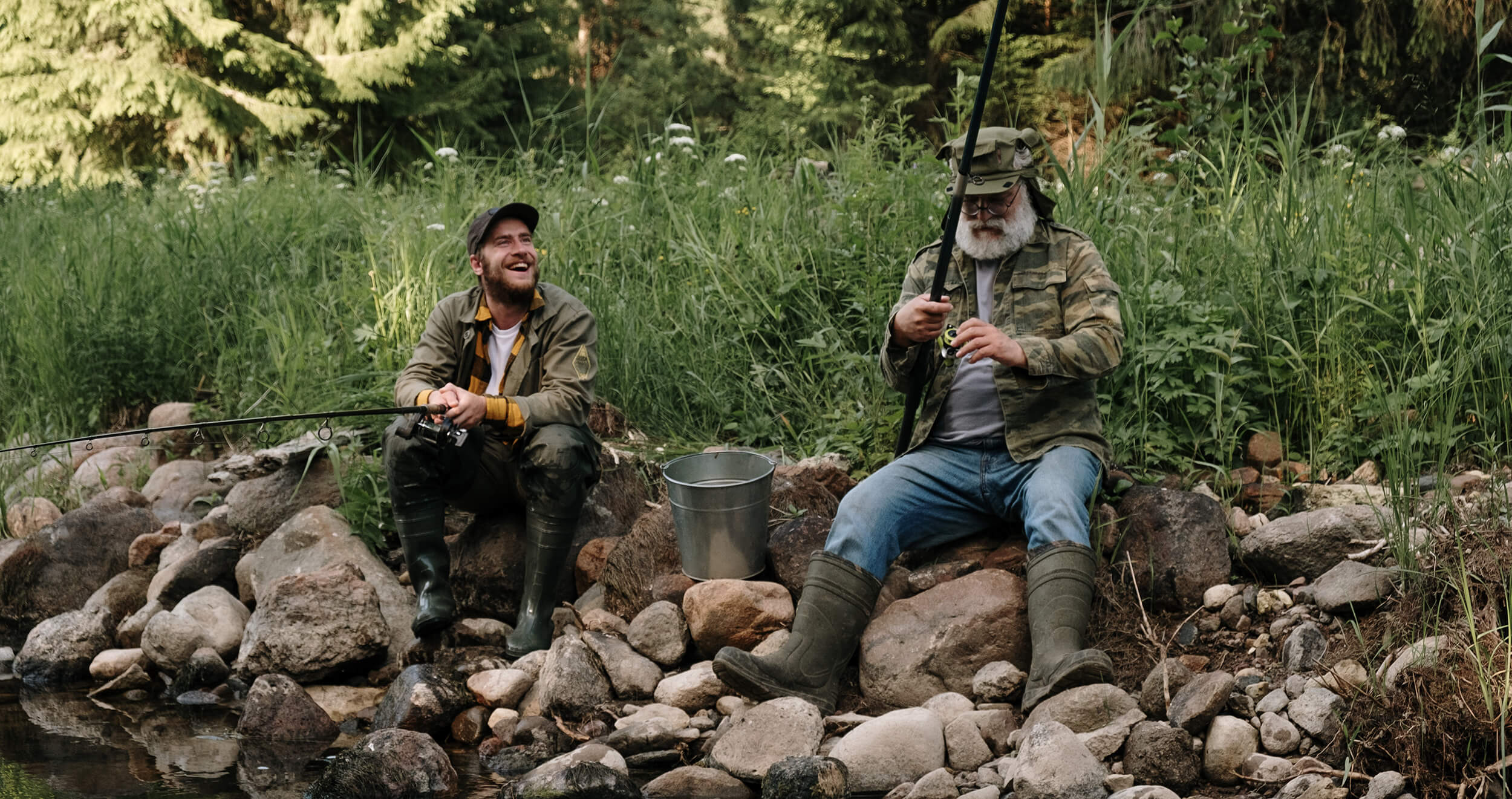
Fishing for bream in open water
Globally, there are two areas of open water production of bream: float and bottom gear. There is still all sorts of exotic, but we will talk about it a little later.
This fish is caught both from the shore and from the boat. In the first case, tackles with a longer rod length and spinning reels are used, which provide a high casting distance. The main thing in all cases is to prepare the most delicate rig, which will not alert the flat-bodied sly, but at the same time will not break off when playing. The use of thin fluorocarbon or monofilament leashes is encouraged, as well as the use of a friction clutch while playing.
The tackle is set in maximum silence. The fisherman who is able to “hatch” the fish for hours wins.
Float rod
Shore fishing with a float rod can be considered effective only in cool water, when bream does not seek to escape the heat at considerable depths. The golden time is spring and early autumn, and you can fish almost around the clock. It is better to walk on passive summer bream at dawn, at dusk and at night. In a lured place at a considerable depth, you can catch a good trophy during the day, however, such areas are usually reachable only from a boat.
Tackle
You can use a simple fly rod with the line tied directly to the tip, without a spool. The advantage of this option is the noiselessness and accuracy of casting: the rig with the bait goes into the water at a given point practically without splashing. However, even with the longest six-meter flywheel, when fishing from the shore, it is not always possible to achieve the desired casting distance. When fishing from a boat, you can take a shorter rod, since there is no need for ultra-long casts.
The alternative is a medium to medium fast action telescopic rod or match rod. The reel is a spinning reel for 1000-2500 according to the Shimano classification (it is selected depending on the rod test for the bait and the required casting distance). The line is a good monofilament with a diameter of 0.2-0.3 mm, plus a twice thinner leash with a length of 15-20 cm.
For catching bream, oval-shaped floats with an antenna are usually used. The carrying capacity fluctuates in the range of 1-5 grams (the more active the fish and the strong current, the heavier the float). It is better to choose sinkers of the most streamlined shape, installing several pieces on the line in increasing weight (below is the lightest backup).
It is rational to choose hooks No. 6-10 according to the domestic classification. The use of animal baits requires the use of hooks with the longest possible shank.
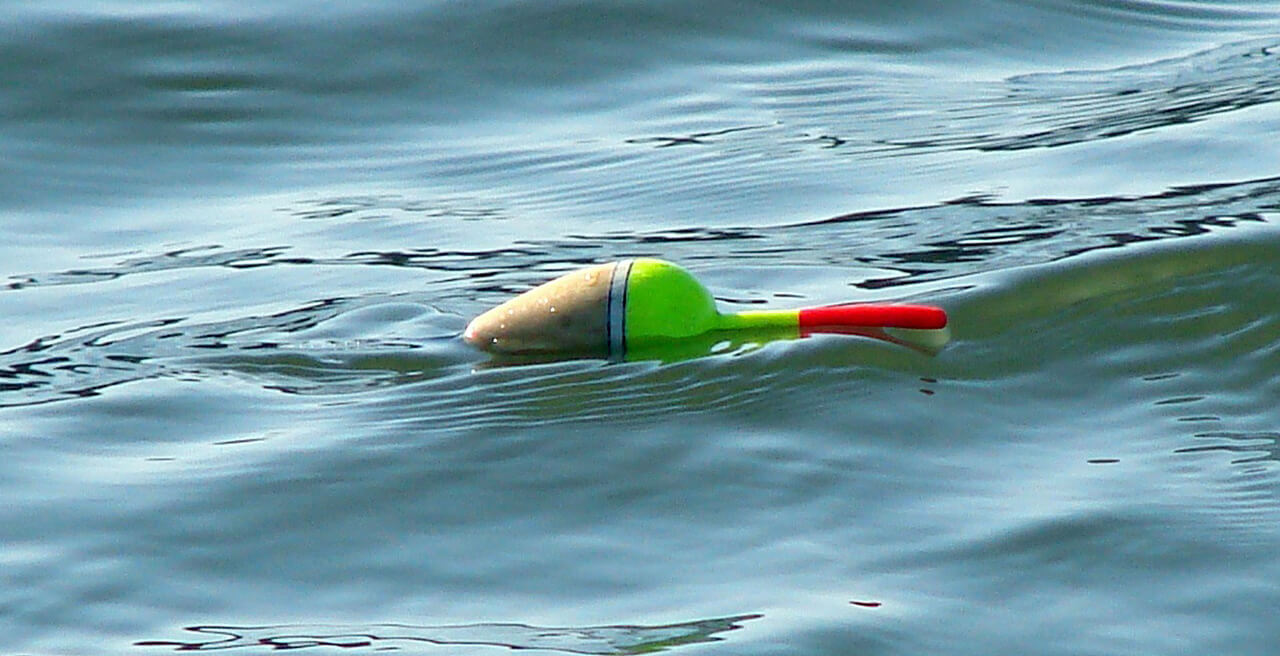
Fishing tactics
The main thing in this case is methodical complementary feeding and maximum silence during fishing. The bait is placed directly on the bottom and usually waits for a bite for a long time. With a high activity of fines, the carrying capacity of the float and the size of the bait should be increased.
If you can’t catch bream stubbornly, you can try increasing the leash length and playing with baits. In the summer, this fish rarely grabs the bait indiscriminately: it carefully examines it for taste, therefore, the protruding sting of the hook can scare it away.
Sometimes this fish is caught with a float rig in the wiring. In this case, sliding rigging and maximum cleanliness of the bottom are required, otherwise hooks are inevitable.
The classic bream bite is expressed in the fact that the float goes to the side, and then is laid out on the smooth surface of the water. But options are also possible: each fish behaves individually. You need to hook immediately, but carefully: do not forget about the delicacy of the leash, which can simply break off under the mass of a decent trophy.
Bottom fishing rod
Bottom fishing is a more promising and all-season direction, but it requires more experience and fundamental training. Thus, bream is harvested both from the shore and from a boat, but the first option is more popular.
Tackle
Either short telescopic rods or heavy rigid spinning rods up to 2.7 m long are used as the basis for the tackle (you can take cheap “crocodiles”). The priority is the casting range and reliability of the tackle, weight and sensitivity are not critical.
The rods are equipped with inertialess power reels of 3000-6000 size (according to “Shimano”) – depending on the fishing distance and the characteristics of the rod. You can also use classic inertia devices. As a fishing line, you can use a good monofilament with a diameter of up to 0.35 mm or a natural-colored braid of 0.16 mm. Hooks – №№ 6-10 according to the domestic classification.
Traditional bells and bells, as well as modern electronic sensors are used as signaling devices. Fishing for bream at night greatly simplifies the use of light and sound alarms.
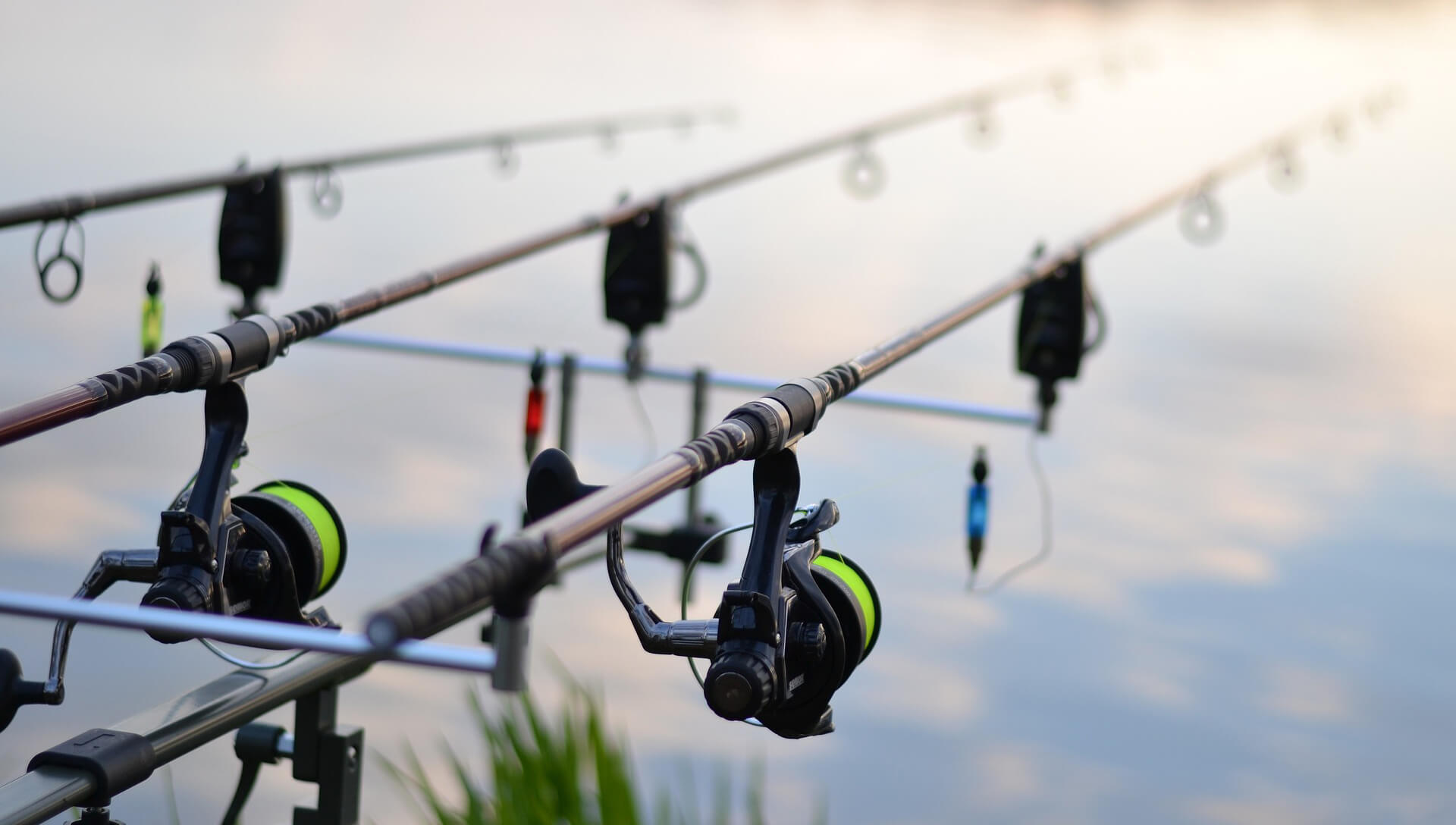
Feeders and assemblies
The rig is, in principle, more coarse than when fishing with a float: it has to deliver a large mass over a considerable distance. In most cases, all kinds of feeds are used: nets, springs, methods. This solves the bait delivery problem.
For bottom rod, a fixed rig is typical (it increases the likelihood of self-chopping), but some anglers also operate with a sliding one. Anti-twist pins are often used to separate the leads and avoid tangling.
In deaf rigs (for example, on a rigidly fixed spring), you can impose leashes with hooks directly on the feeders. You can attach leashes to the main line, top and bottom of the feeder, through swivels or simple knots – there are a lot of options.
Occasionally, bream is caught without feeders, using a sliding weight in the form of an olive. However, this option is more relevant for fishing from a boat, when you can provide constant feeding in other ways.
Fishing tactics
Bottom fishing rod is a passive tackle. The activity of the fisherman consists in a careful choice of a place, feeding, and accurate casting of the tackle. Further, he is practically free: he sits and waits for a bite. The tackle is designed for self-hooking, so most experienced anglers operate with several rods at once. They are installed on all kinds of stands and rod-pods, making it possible to fix several rods at once.
The fodders are stuffed with the fodder mixture, “imprinting” hooks with baited in them. The gear is cast in a fan to avoid entanglement. Ideally, the tackle is set from evening to all night and captures the morning, before the onset of heat. However, in cool spring or autumn water from the bottom, you can catch around the clock: during these periods, bream is active and does not so clearly strive to significant depths.
It is worth reacting to a bite quickly, but without unnecessary fuss: the bream does not leave the hook before fishing, but it is quite capable of dragging the rod away. The main thing is to survive the first phase of playing: as it approaches the shore, the fish fizzles out and does not resist so actively.
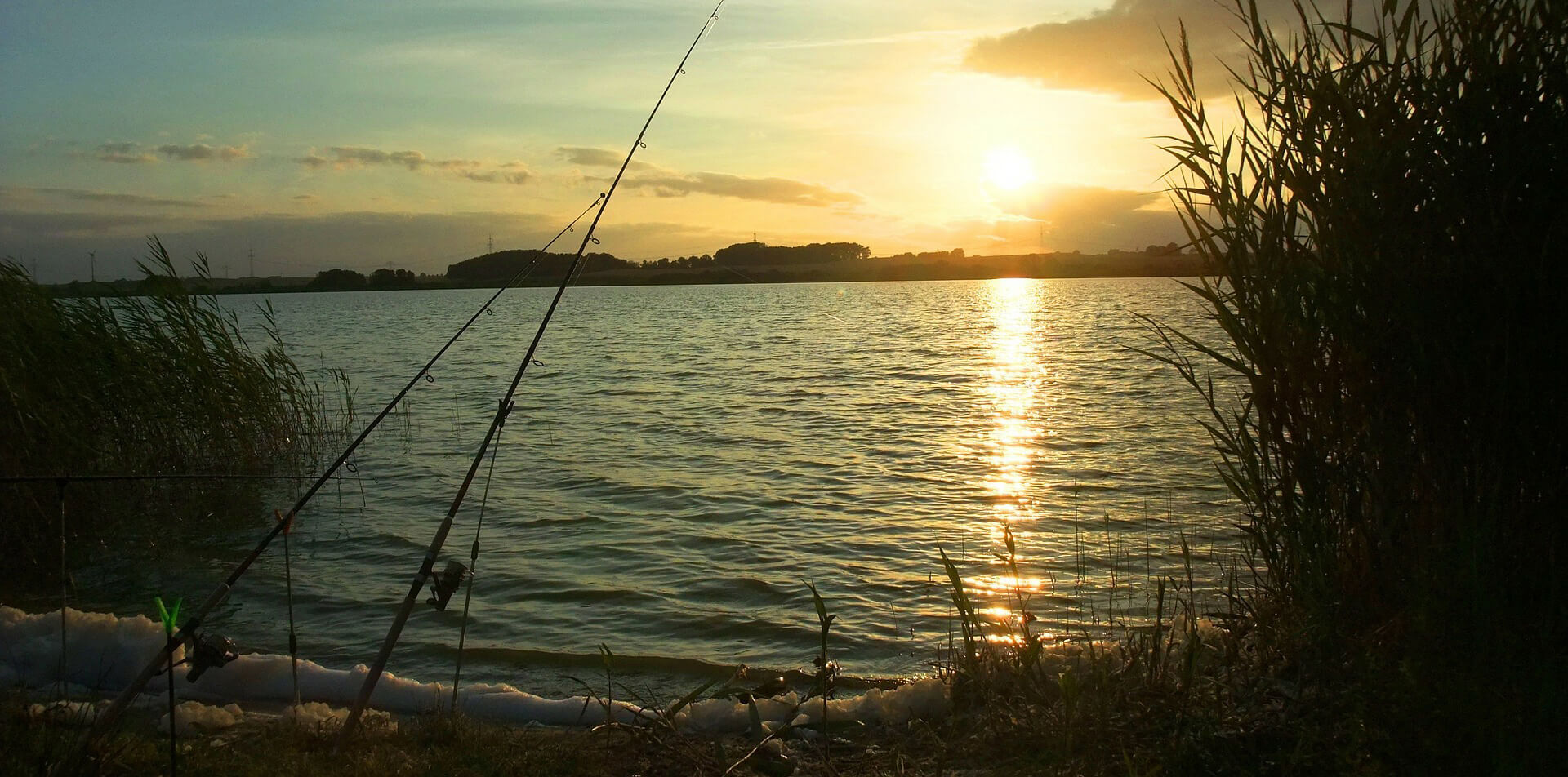
Feeder
The feeder is a kind of bottom tackle. It differs somewhat from the bottom rod both in equipment and in the technique of application. However, the recommendations for choosing a place, bait and bait remain unchanged.
In general, the tackle is more delicate, tempo and adapted to specific fishing conditions.
Tackle
The choice of a feeder is determined by the fishing distance, the characteristics of the reservoir (size, current strength) and the weight of the filled feed.
The biggest expense is the rod. It is better to take carbon blanks: they are lighter than fiberglass ones, which is especially important for tempo fishing downstream, when a series of casts with an interval of 5-7 minutes are frequent.
For fishing in the water areas of very large rivers, heavy and super heavy feeders are used, designed for long distances. The most common and universal option is the medium test, that is, the average one: it allows you to successfully fish in most of our reservoirs. Light pickers are used only on small rivers and when fishing from a boat, where there is no need for long casts.
It should be borne in mind that when fishing for bream at long distances downstream, it is not uncommon to cast very heavy feeds weighing 100-120 grams, which requires the use of extra-heavy rods. Opinions differ about the optimal stiffness of the blank: some prefer soft, slow rods, some prefer hard sticks. An interesting option is a progressive action, when the inclusion in the work of the blank is determined by the size of the load on it: the entire rod works at the maximum, only the tip works at the minimum.
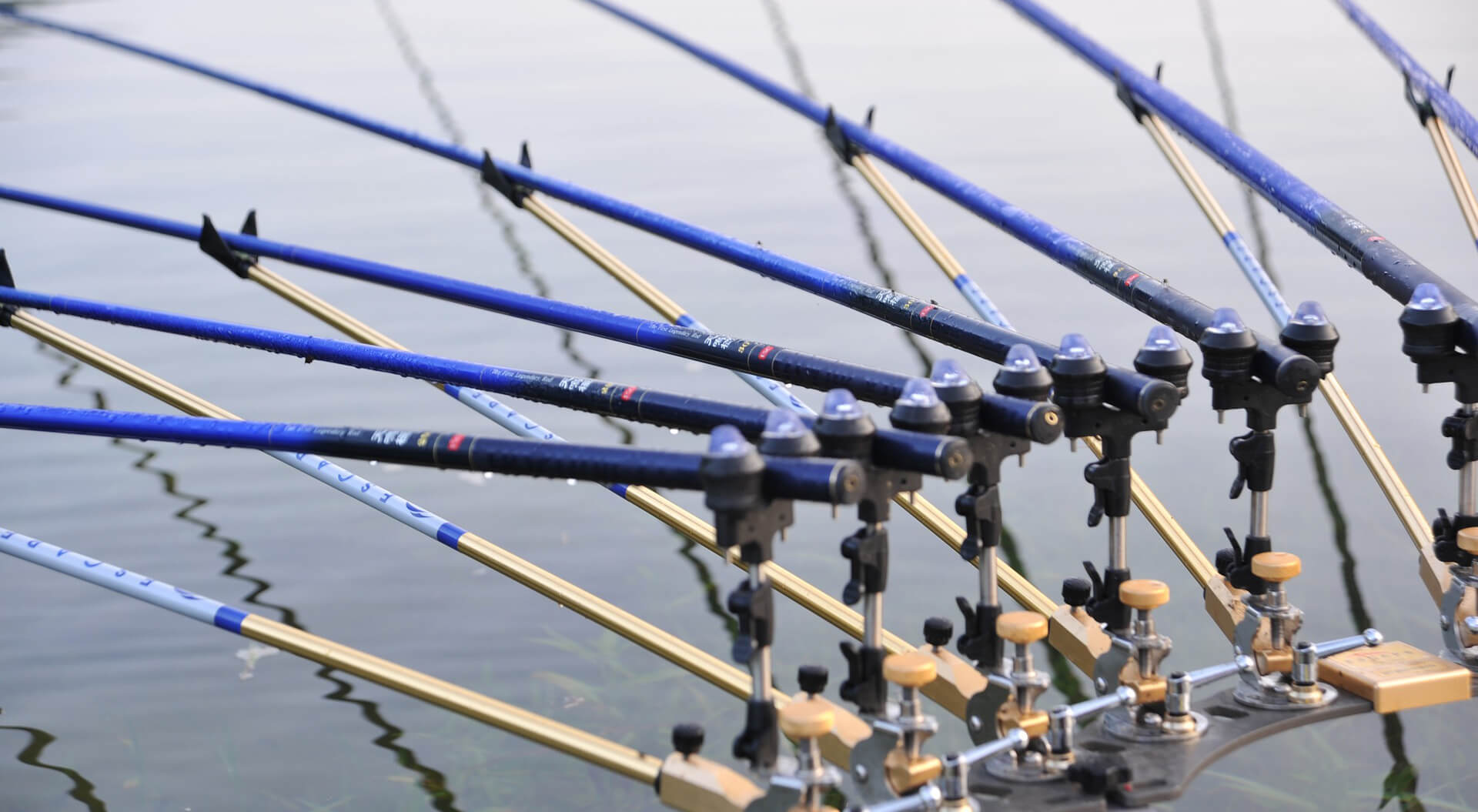
The reel is definitely a good power spinning reel. Reels with a capacity of 4000 Shimano are put on mediums. For powerful river feeders, six-thousandth models are good, for pickers, two-three thousandth size is usually sufficient. Pay special attention to the quality of the clip; a spare spool will also be helpful.
Usually used cords with a diameter of 0.14-0.16 mm. Monofilament (diameter not less than 0.25-0.3 mm) is used less often: with a weak flow and at very close distances. A breaking load of 10 kg is usually enough: bream is not as strong as carp . When long-distance casts of heavy assemblies are required, shock leaders are often used from monofilament up to 0.3 mm in diameter or thicker than the main braid.
Feeders and assemblies
Feeder is a more sporting tackle than a bottom rod. All classic versions use “cage” type feeders (square, round, triangular, “bullet”) with or without additional loading. The size and number of holes is determined by the strength of the flow.
Almost any of the popular feeder assemblies can be adapted for bream fishing. For beginners, you can recommend something simple like a paternoster (two branches are formed on the main line – for a feeder and a leash with a hook) or a classic sliding inline (a swivel feeder slides freely along the line up to the limit beads).
Leashes made of thin monofilament (0.12-0.14 mm) are used long, from 30 cm to one and a half meters, depending on the degree of fish activity. The hooks are smaller than classic bottom fishing.
Fishing tactics
First you need to master the casting properly. We are talking about heavy installations and a rather delicate form that can be easily damaged if handled improperly. It is necessary in every possible way to avoid overlaps for the “tulip” and at first do not go beyond the test form. And then the accuracy of the casting is fundamentally important!
After casting, feeders are set up on the shore, usually parallel to the water. The angler monitors the behavior of the quivertip (sensitive tip), ready to react to the bite of the bream.
Feeder fishing is quite dynamic. Feederist constantly adapts to the fishing conditions, changing the length and thickness of the leads, the size of the hook, the configuration of the feeder, and so on. Therefore, when using a feeder in the classic version (without additional signaling devices, with feeder feeders), the angler rarely serves more than two tackles.
When catching and playing bream (as well as other large fish), the correct setting of the friction clutch is extremely important . Only the correct use of the friction brake, coupled with the individual skill of the angler, allows you to pump powerful fish on delicate rigs.
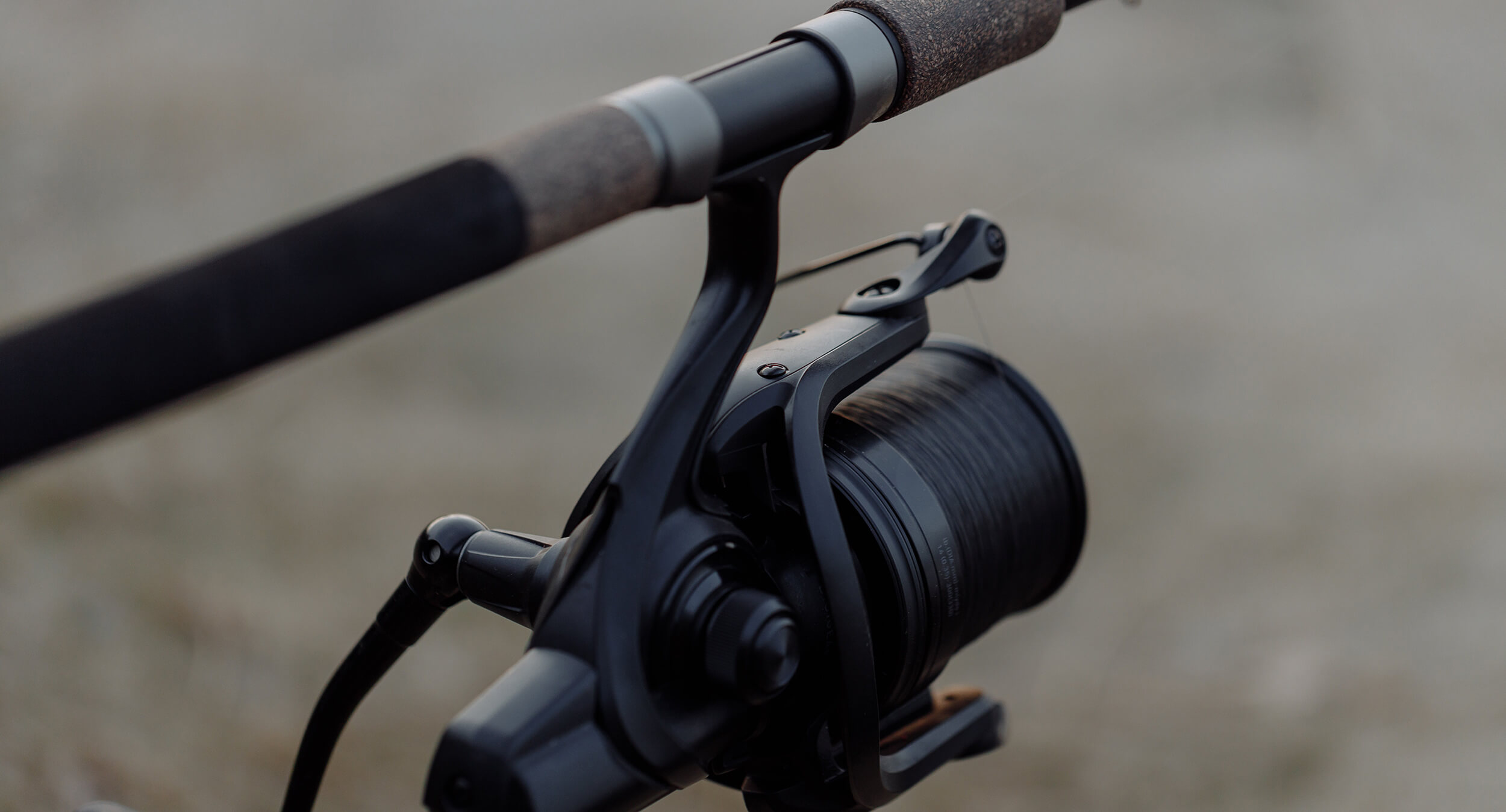
Summer jig
Sometimes passive summer bream goes well with the jig with the addition of dung worm, maggot, or even competently prepared barley . For this option, light sensitive rods with a small test are used: mormishing involves the active participation of the angler.
The most promising direction is the use of a small fishing rod or ultralight spinning rod when fishing from a boat. However, in some cases, it is also quite effective for forging fishing or catching bream from bridges and steep banks, where it is possible to cast to considerable depths with a short rod length.
Rather thin, but high-quality monofilament threads with a breaking load of at least 5 kg are used for mormishing (larger bream is extremely rare). Jigs are taken larger than for winter fishing. When fishing at night, glowing jigs are sometimes relevant, but cautious fish can be frightened by an unusual “firefly”.
The game consists in lowering the jig to the bottom and lifting it up (it is good if at this moment the current makes it flutter a little). The animation technique will have to constantly vary: sometimes the bream likes an aggressive game, sometimes it is delicate, with long pauses. In some cases, the jig is used passively, as an element of the float equipment.
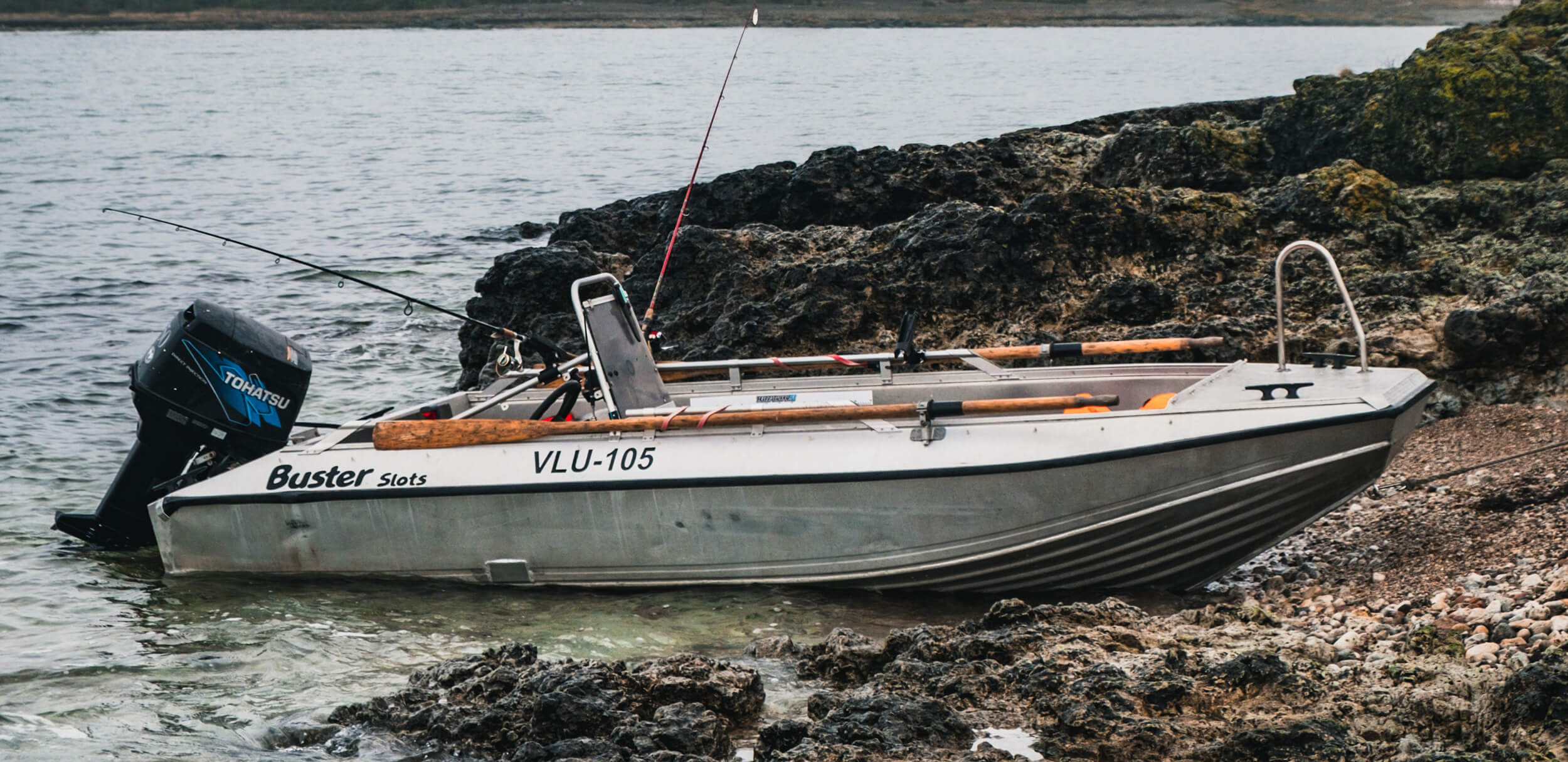
How to catch bream “on the ring”
One of the most original and catchy gear is the “ring”. Thus, they catch decent bream from hydraulic structures, but more often the tackle with a ring is thrown from the boat.
To create a tackle, you need a metal ring-weight with a diameter of 55-65 mm and a thickness of 3-5 mm. It should be put on a thick line (at least 1 mm in diameter) or a cord (for this, a hole is made in the side of the ring or an eyelet is soldered). Sometimes a cut is cut in the ring so that you can quickly unhook it from the cord with the feeder.
So, we have a ring through the eyelet of which we thread the cord and secure the whole thing with a locking bead. At the end, we attach a swivel, to which we subsequently attach a long leash (1-2 m) with a hook (as for a donkey).
A cord descends from the boat to the bottom, on which a sack-feeding trough is located with a mixture of a sufficiently loose consistency (so that it is “dusty”). The cord must be passed through the ring and secured to the side of the boat.
The cord with a ring is mounted on a light short spinning rod or a side rod, the bait is baited on the hook. The bag with the feed mixture is “dusty”, ensuring constant baiting of the fish. The fishing rod is cast against the current, the cord with a ring is mated to the bait net. The leash is pulled downstream along the formed stern path.
A while ago, ring fishing was banned, now it is not included in the list of poaching fishing methods, to the delight of experienced bream lovers. In short, fish for health!
Biting and playing
Bream is a large and strong fish. She has especially fierce resistance in the first meters of the game. The main thing is not to miss a bite (it is difficult to hesitate, unless you frankly “yawn”) and carefully hook the fish . There is no need to pull sharply: you can tear off a thin leash or simply deprive the bream of its lips – it will leave crippled, but not defeated.
The widest possibilities for fishing large specimens are provided by a spinning reel with a correctly adjusted friction. It is best to adjust it to the maximum leash test.
The fish must be “pumped out”, gradually depriving it of the strength and desire to fight: let it go a little, lowering the rod, and gradually pull it up, reeling in the line. Ideally, in the final stage, you should lay the caught bream on its side (with its flat body, this is relatively easy) and raise the fish’s head above the water so that it snatches air. Near the shore, a landing net should be carefully brought under the exhausted trophy, and it is better if the companion sitting next to it helps in this. It is quite difficult to operate a rod with fine rigging and a landing net at the same time – you need an experienced hand.
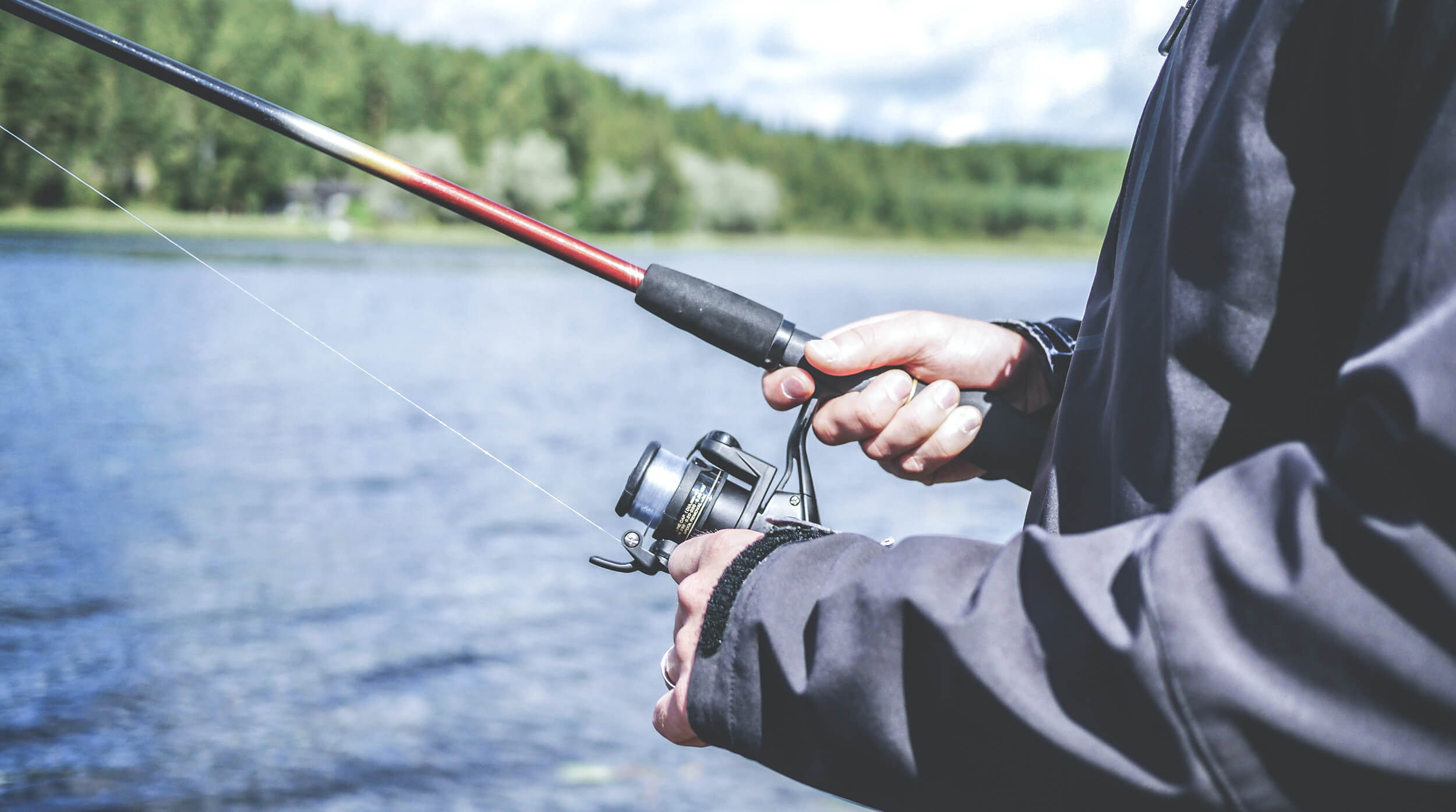
Features of ice fishing
As mentioned above, it is problematic to catch trophy bream at the end of autumn, and in winter the chances of catching it are close to zero. However, this is not tragic: a truly large specimen with a characteristic flat body simply will not fit into a standard hole.
During periods of thaws, you can catch small bream (up to a kilogram in weight, that is, undergrowth), but really enviable specimens are activated only in spring, with the influx of melt water. Nevertheless, the winter catch of bream is singled out as a separate area, in which some experienced anglers specialize.
This fish is caught mainly near wintering pits, from which it periodically goes out for short-term meals. It is important not to miss this short-term period, to designate a promising place and to correctly bait the fish.
Fishing with winter gear
A light winter fishing rod is used as the main tackle. Sometimes it is equipped with a light inertial reel, which makes it easier to reel, but you can get by with a primitive reel. The fishing line is taken strong, but hardly noticeable in the water. Ideally, it is better to use winter fluorocarbon – it is practically indistinguishable in water. If the rig is based on a monofilament, we focus on diameters of 0.15-0.18 mm.
Massive pre-feeding is important. The basis of the mixture is bloodworms or mormysh, to which canned corn, cereal grains, oilcakes are added. You can add a little more attractant: in cold water, the aromas are not spread so intensely. The bait is delivered directly to the bottom using special self-opening winter feeders.
You can catch sleepy winter bream both passively and using active gear – it all depends on the preferences of the angler. The main thing is to keep quiet: the bream is very shy, and even careful steps on the ice can scare it away from the lured point, not to mention drilling a hole. And do not forget to take with you a hook for retrieving trophies from the water!
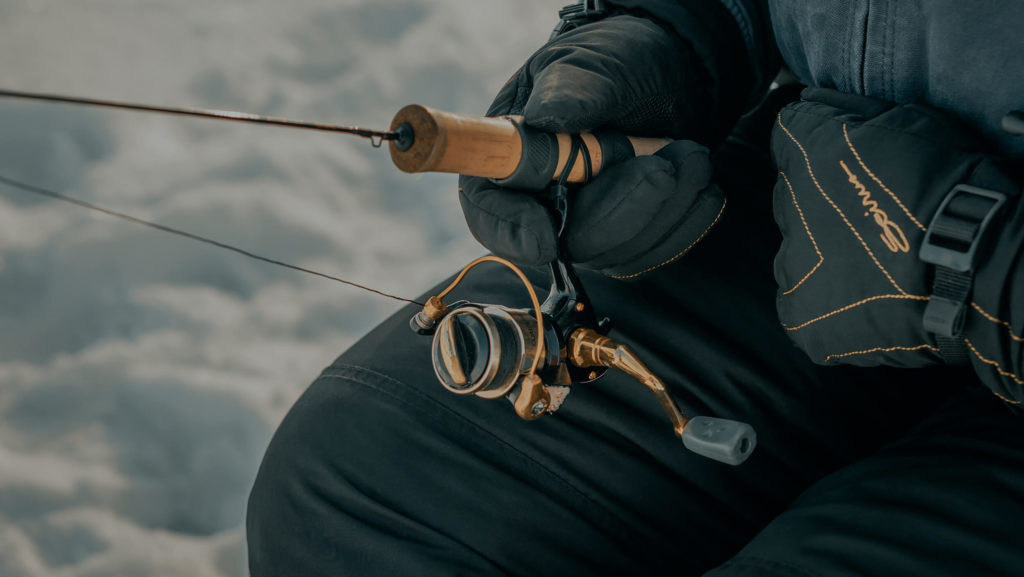
Float equipment
Here is an interesting option that does not require expensive equipment. They take a light rod with a reel and a line reserve of 20-25 m. Fishing is carried out at great depths (sometimes about 10 m), and the bait is delivered to the bottom. Silty areas are promising, where a huge amount of swarming bloodworms often lies. This rustle, inaudible to the human ear, attracts fish from afar.
In winter fishing, lightweight miniature floats are used. Surround them in such a way as to achieve a perfectly vertical position. In severe frosts, when freezing of the hole is inevitable, the float is heated with weights by 2-3 cm.
Ideally, the bottom feed should lie on the bottom, and the nozzle (usually a bloodworm or maggot) should be located slightly away from it and sway from the movement of water masses.
An alarm clock is usually not held in hands, but installed on a stand near the hole. When biting, the float either sinks slightly and goes to the side, or lies down. Fishing is done with the help of a reel – it is quite problematic to choose a line with an abutting decent specimen with your hands.
Rod rocker and ice Rod
The basis of the “rocker” is a light winter fishing rod with a fairly rigid nod. You can also use a float with a lifting capacity matched to the weight of the tackle. The baits are taken, as in the previous case, mainly bloodworms (necessarily live!) Or maggot.
The actual tackle, which can be used to catch bream, even in the “bad” winter weather, is a “rocker” made of rigid steel wire, strong plastic tube or a piece of insulation from the cable.
In the first case, a fixed rig is created: leashes 5-7 cm long with hooks are tightly tied to the ends of the rocker arm. When using a hollow tube, you can make a sliding rig by passing the leash through the tube, securing it with beads and tying hooks on both ends. The main line is tied exactly in the center, where the weight is located, which balances the rocker arm.
When biting, one of the rocker arms rises, which signals the need for an urgent strike.
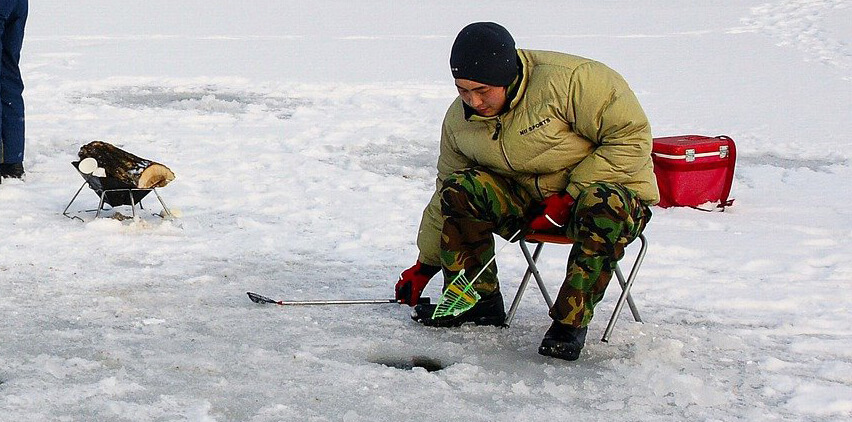
Marmooska jig
Here is a classic of the genre. This bait is a drop-shaped, pear-shaped, round or other weight with a hook at the end. It imitates amphipod crustacean – one of the main items on the menu of the winter diet of representatives of freshwater ichthyofauna.
Bream is caught with a jig in different ways: a lure with a bloodworm infusion can be used as a component of a float rig, with a nod “to the riser” or with active animation. Marmooska without hooking (reeling) require mandatory “revitalization” by the hand of an experienced and persistent angler. It is important to choose the right pace of jerks and taps, alternating pauses with periods of play, and this can be achieved exclusively by experience.
Garland
Imagine a fishing line with jigs on it on personal leashes – this will be a garland. They catch it at considerable depths, covering several horizons in one cast.
For the installation of the garland, jigs with a diameter of about 2 mm are ideal. Leashes are attached to the main line at intervals of 20-50 cm, through a swivel with stop beads or ordinary knots. The fishing rod is an ordinary winter rod with a flat metal nod. Fishing for a garland is effective only on a small stream or in stagnant water, otherwise the tackle will get tangled.
Downhill
Downhill fishing is an active winter fishing method. In this way, mainly small bream and solid roach are caught, but perch can also be caught. Fishing is possible only downstream, that is, on the river.
To equip you will need a sufficiently strong and long rod by winter standards (50-120 cm) with guides. Ideally, the rod is equipped with a large diameter inertial reel- this will make it easier to reel in the line. An olive load is attached to the main fishing line, then, through a locking bead and a swivel, a leash with a hook. The bait is standard – bloodworm, maggot, flour beetle larva.
The fishing technique resembles playing with a jig, although the oscillations are less frequent and more amplitude. Or you can unwind the line and release the roll (sinker) downstream, periodically raising the tip of the rod and pulling the load towards you.
Helicopter jig
The tackle “helicopter” is focused on passive fishing (on the riser). At some distance from each other, holes are drilled and several gears are installed. The main thing is to make sure that the bream does not drag them into the hole.
The basis is the simplest winter fishing rods with flexible guards. A pyramid weight weighing 30-40 (sometimes more) grams is attached to the main line through a swivel. A leash with 3-4 hooks is tied to his ear, and all this splendor is crowned by the “helicopter” itself – a structure made of tin, reminiscent of a monolithic block of staple clips.
This tackle was invented specifically for catching bream and other minnows in large rivers – it is the current that gives it a seductive spin.
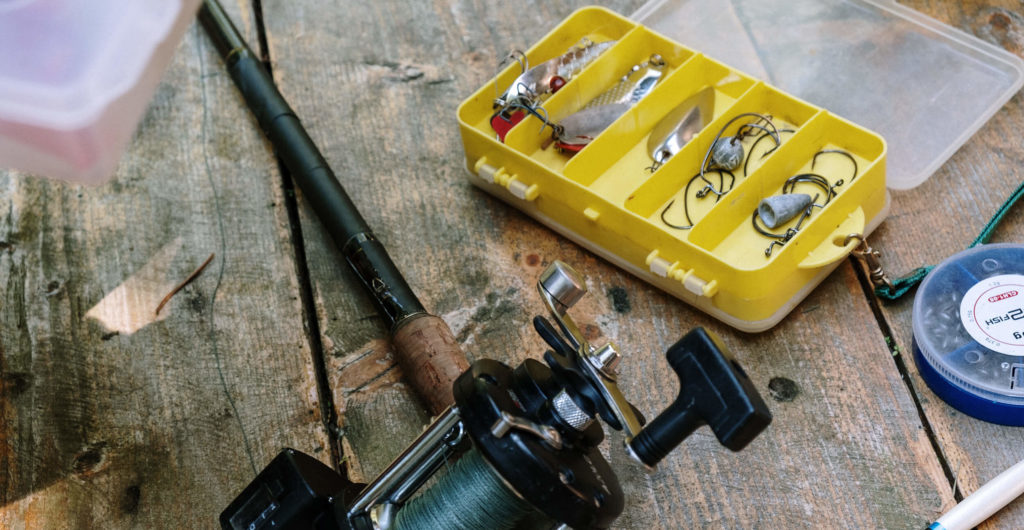
Descent Ice Reel
Descent is another passive tackle for winter fishing for large white fish on large rivers and significant depths. As with the helicopter, the flow is responsible for animating the lures.
Requirements for a fishing rod, line and hooks are the same as in the previous case, that is, none. The tackle is designed for self-hooking, so a particularly sensitive nod is not needed, but a bright colored signaling tip will not hurt.
The tackle is equipped like a harvester, but the cage-type bottom feeder acts as a load, and hooks with bait are attached to separate leashes.
Ring
We have already mentioned about fishing for bream with a ring above, in the section dedicated to summer fishing. A similar method can be used in winter, but the boat is no longer needed, which expands the possibilities of anglers.
The principle of fishing is similar to the summer version, with the only difference that the line with the feeder is attached to a separate rod (however, any stick can be adapted for this). The working tackle is installed permanently and supplied with a gatehouse. As with all passive fishing, it is possible to service several tackles.
Tips for beginners
At the end of our extensive publication, I would like to give some advice to novice breamiers:
- Prepare your gear carefully . In this case, 50% of success depends on the preparation of the gear. The remaining 50% can be given to a serious approach to the choice of the place of fishing and the correct welding.
- Don’t make noise . It’s hard to find a fish as cautious as bream. The slightest noise can negate days of preparatory work. This is especially true for those wishing to hunt bream on the ice.
- Please be patient . The extraction of trophy bream is the lot of the most experienced and patient, ready to sit for hours waiting for a single bite. Hunting this fish and vanity are incompatible!
We wish you enviable trophies and a landing net at hand, dear hobby colleagues!

